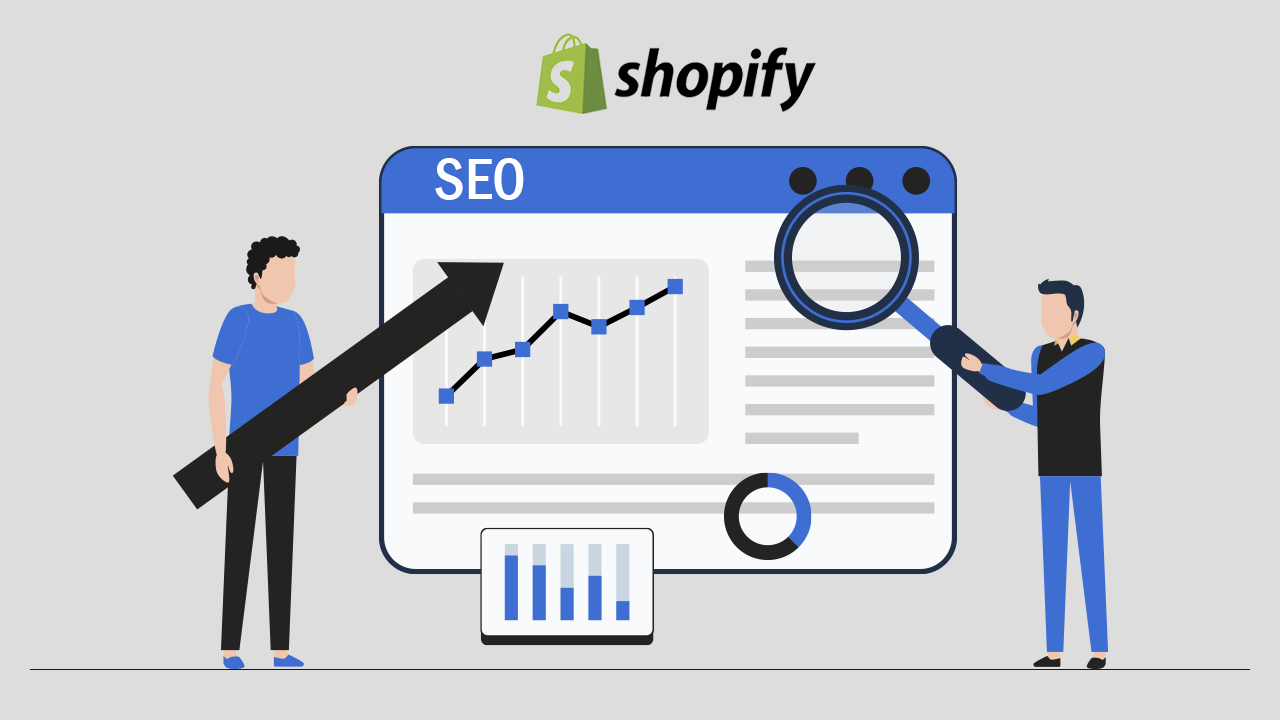
- by Leah Cardell
Table of Contents
ToggleThe SEO game has changed—and in 2025, small businesses are no longer shut out of top rankings just because of size. Sure, the big brands have massive budgets and name recognition, but guess what? You have agility, local trust, and authenticity on your side.
Search engines today care more about relevance, experience, and user satisfaction than ever before. That’s your advantage. If you’re strategic, your small business can absolutely outrank corporate giants in your niche or location.
Here’s how to build an SEO strategy tailored for small businesses that delivers real, lasting results.
Why SEO Matters for Small Businesses in 2025
Organic search is still one of the most cost-effective marketing channels. With rising ad costs and tighter privacy regulations limiting paid targeting, SEO gives you long-term, compounding visibility—if you do it right.
The beauty of SEO for small businesses is that you don’t need to win everywhere—just in the right places, for the right audience, with the right content.
Step 1: Understand Your Audience and Their Search Intent
Before you write a single word of content, understand who you’re trying to reach and why they’re searching.
Ask:
- What problems do they need solved?
- What questions are they asking?
- What keywords match their intent at each stage (awareness, consideration, decision)?
Use tools like:
- Google Search Console (once your site is live)
- Google Trends
- AnswerThePublic
- Semrush or Ubersuggest (for affordable keyword insights)
Pro Tip: Don’t chase big-volume keywords. Instead, go after long-tail keywords like “eco-friendly dry cleaner in Tulsa” or “best web designer for nonprofits.”
Step 2: Optimize Your Website for User Experience (UX) and Mobile-First Indexing
Google ranks mobile versions of sites first—so if your site isn’t optimized for mobile, your rankings (and conversions) will suffer.
Focus On:
- Fast page load times (under 2.5 seconds)
- Clear CTAs and navigation
- Easy-to-read fonts and responsive layouts
- Secure HTTPS connection
- Mobile-friendly menus and click targets
Tools like Google PageSpeed Insights and GTmetrix can help you identify issues and improve performance.
Step 3: Nail On-Page SEO (the Right Way)
On-page SEO isn’t about stuffing keywords anymore. In 2025, it’s about clarity, relevance, and trust.
Essentials:
- Keyword in title tag (naturally written)
- Meta description that encourages clicks
- Header structure (H1, H2, H3) with keyword variation
- Internal linking to related pages or blog posts
- Schema markup (e.g., LocalBusiness, FAQ, Product)
- Alt text on all images
Page content should demonstrate helpfulness, experience, and relevance—think EEAT (Experience, Expertise, Authoritativeness, Trustworthiness).
Step 4: Create Local SEO Content That Connects
If you serve a specific area or region, local SEO is your secret weapon.
Tactics:
- Claim and optimize your Google Business Profile
- Include NAP info (Name, Address, Phone) on every page
- Get listed in reputable directories (Yelp, Bing Places, local chamber of commerce)
- Encourage and respond to local reviews
- Publish blog content tied to your city or community (e.g., “Top 5 Family Events in Boise”)
Pro Tip: Use location-specific keywords in your content—but make it natural. Don’t overdo it with “best pizza in Cleveland” 20 times on a page.

Step 5: Build Authority with EEAT Content
Google evaluates how trustworthy and experienced your business is—especially for niches like health, finance, or legal.
Boost EEAT with:
- Author bios with real credentials
- Case studies and testimonials
- “About” pages that tell your story
- Blog content that shows your depth of knowledge
- Backlinks from relevant and trustworthy sites
If you’re a service provider, consider creating “how-to” blog posts that show your expertise and offer real help. That builds credibility and organic traffic.
Step 6: Earn Backlinks Without Playing Dirty
Backlinks remain a strong ranking signal in 2025, but small businesses often struggle here—because they try to “hack” it.
Instead, try:
- Partnering with other local businesses for guest posts or cross-promotion
- Pitching stories to local media outlets
- Creating shareable content (e.g., “2025 Landscaping Trends in Tampa”)
- Hosting or sponsoring local events (often listed online)
- Getting listed in industry-specific directories
Avoid black-hat tactics like buying links or joining shady blog networks. They’ll backfire, and fast.
Step 7: Monitor, Adjust, and Keep Going
SEO isn’t a set-it-and-forget-it game. It’s iterative.
Use:
- Google Search Console – See which queries drive traffic
- Google Analytics 4 – Track user behavior and conversions
- Rank tracking tools (like Ubersuggest or Mangools) to monitor progress
Set realistic goals. Expect 3–6 months before you see real traction. But every small win—like getting on page one for a niche keyword—adds up.
Outdated SEO Tactics to Avoid in 2025
🚫 Keyword stuffing – Google penalizes unnatural repetition
🚫 Generic doorway pages – Thin content targeting cities won’t work
🚫 Buying links – Low-quality backlinks hurt more than help
🚫 Exact-match domains – These don’t give you an advantage anymore
🚫 AI-written filler content – Google values real insights and originality
Stick with strategies that build long-term value.
SEO Action Plan Checklist for Small Businesses
✅ Define your ideal audience and search intent
✅ Use long-tail, intent-based keywords
✅ Optimize site for mobile-first indexing and speed
✅ Create clear, keyword-aligned meta titles and headers
✅ Claim and update your Google Business Profile
✅ Get listed in trusted local and industry directories
✅ Write EEAT-based content that builds authority
✅ Earn backlinks through community partnerships and PR
✅ Track performance with GSC and GA4
✅ Stay consistent—SEO success takes time and momentum
releated:Why You Need to do SEO for Shopify
Final Thoughts
You don’t need a million-dollar marketing budget to show up on Google—you just need a smart, focused strategy. As a small business, your size gives you an edge: you can move faster, create real relationships, and connect locally in a way the big players can’t.
